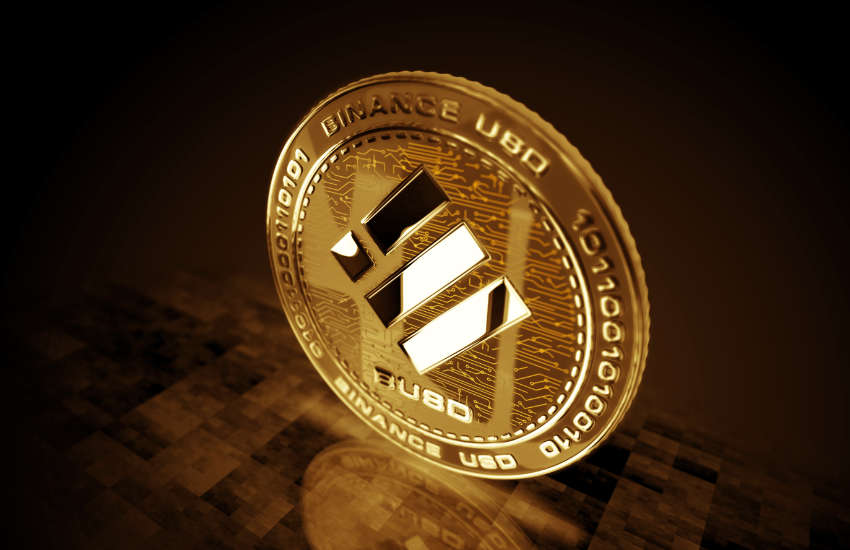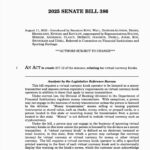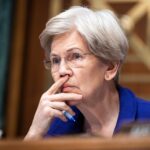Stablecoins in Venezuela’s Financial System
Stablecoins, particularly USDt, have emerged as the primary currency for millions navigating the deteriorating financial landscape in Venezuela, where the annual inflation rate has surged to 229%.
Once restricted to those well-versed in cryptocurrency, Tether’s USDt (USDT), commonly known in Venezuela as “Binance dollars,” is now broadly utilized across the country for a variety of transactions, including groceries, condo fees, salaries, and vendor payments. Mauricio Di Bartolomeo, who left Venezuela before co-founding Ledn in 2018 said.
The bolívar, the national currency of Venezuela, has virtually lost its utility in everyday transactions. Factors such as hyperinflation, stringent capital controls, and a fragmented exchange rate system are leading many to prefer stablecoins over cash or local bank transfers.
Currently, there are three distinct rates for the US dollar in Venezuela. The official Central Bank rate (BCV) stands at 151.57 bolívars per USD, the parallel market rate is 231.76, and the USDt rate on Binance is 219.62. Due to its liquidity and reliability, USDt is favored as the primary rate among both vendors and consumers.
“People and companies prefer to price their goods and services in USD, and receive payment for the same in USD,” Di Bartolomeo noted. He emphasized that USDt now serves as both a superior dollar and a financial equalizer across social strata.
As per Chainalysis’ 2025 Global Crypto Adoption Index, Venezuela ranks #18 globally and #9 when adjusted for population. In 2024, stablecoins represented 47% of all Venezuelan crypto transactions below $10,000, and overall crypto activity surged by 110% last year.
Di Bartolomeo mentioned that even routine expenses such as condo fees, security services, and gardening are now priced and paid in stablecoins. From small bodegas to larger enterprises, USDt has supplanted fiat currency as the preferred method for settling transactions.
Larger state-controlled entities still rely on the BCV exchange rate, but most market participants favor the efficiency and accessibility of the Binance dollar.
The government’s capital controls have also spawned parallel markets for foreign currencies and digital assets. Reportedly, official USD allocations are distributed to companies connected with the regime, which then resell dollars at parallel rates for profit.
“Capital controls also create a parallel market for cash and stablecoins, as economic actors refuse to accept the worthless local currency for payment,” Di Bartolomeo stated. “When they are forced to accept it, they quickly trade it for stablecoins or USD.”
In nations grappling with monetary instability and capital controls, the adoption of cryptocurrency is on the rise as individuals seek alternatives to failing currencies. Countries such as Venezuela, Argentina, Turkey, and Nigeria all display similar trends, with residents increasingly resorting to stablecoins amid escalating inflation.
Di Bartolomeo also noted that after the latest round of US sanctions on Venezuela, including those targeting the oil industry, some local banks began turning to stablecoins.
“Oil companies and other sectors are increasingly moving towards them,” he remarked. “It has been reported that a select number of local banks have begun selling USDt to certain businesses in exchange for bolivars to circumvent restrictions.”



















